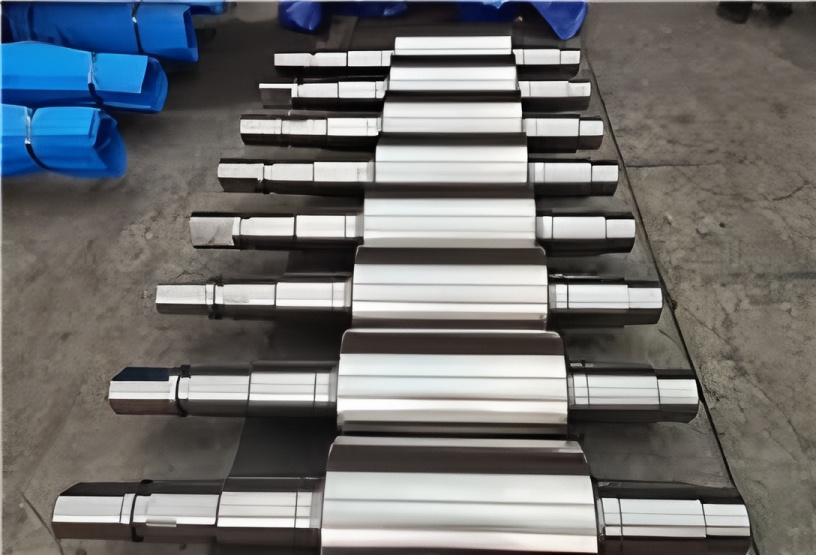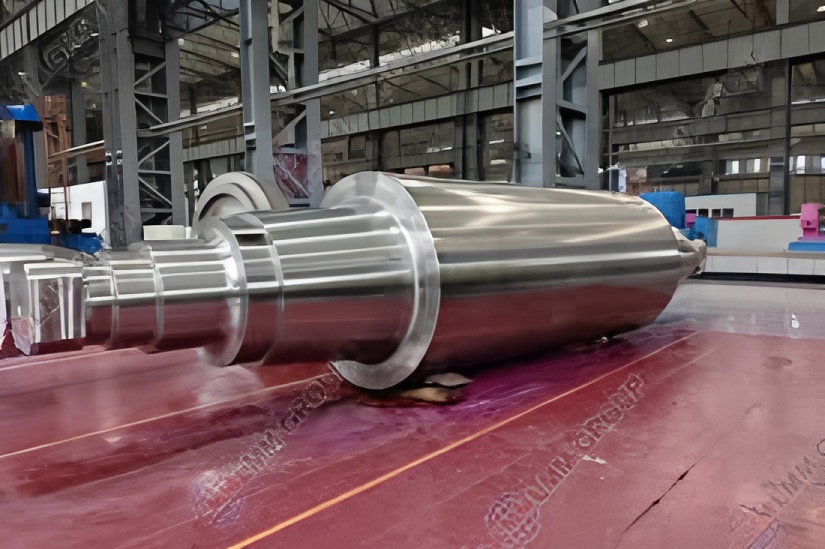Keywords: High speed steel roll, HSS roll material, HSS roll characteristics
High-speed steel rolls must possess high hardness, high wear resistance, excellent heat resistance, good thermal conductivity, and uniform hardness and microstructure. Under normal rolling conditions, the service life of HSS rolls is more than three times that of alloy cast iron rolls. It is essential to select appropriate materials and manufacturing processes based on specific product requirements and process conditions to ensure optimal roll performance and quality.
HSS Rolls
The material used in HSS rolls should exhibit the following properties:
High Hardness: HSS rolls must possess high hardness to ensure precise control of metal deformation and processing accuracy during rolling. Typically, the required hardness ranges between HRC 60–65.
High Wear Resistance: To withstand prolonged metal friction and wear, these rolls are designed with high wear resistance. This can be enhanced by incorporating materials such as cemented carbides.
High Heat Resistance: Exposure to high temperatures and high-speed friction during rolling necessitates excellent heat resistance to maintain hardness and wear performance. The use of heat-resistant alloys and specific alloying elements improves this property.
Good Thermal Conductivity: Effective heat transfer away from the roll surface is critical to ensure rolling stability and metal processing quality.
Uniform Hardness and Structure: Consistency in hardness and microstructure helps prevent localized deformation and stress concentration during rolling, thereby ensuring dimensional accuracy and product quality.
In summary, HSS roll materials should offer high hardness, superior wear and heat resistance, good thermal conductivity, and structural uniformity. Under standard rolling conditions, HSS rolls last over three times longer than alloy cast iron rolls. Material and process selection must align with specific operational requirements to guarantee performance and durability.

Characteristics of High-Speed Steel Rolls:
HSS rolls contain high carbon and elevated levels of alloying elements such as vanadium, chromium, tungsten, molybdenum, and niobium. The resulting carbides—mainly MC and M₂C types—contribute to high hardness and enhanced wear resistance.
These rolls exhibit excellent thermal stability, maintaining high surface hardness and wear resistance even at rolling temperatures.
High hardenability ensures consistent hardness from the surface to the inner working layer, providing uniform wear resistance throughout the roll.
Under proper cooling conditions, a thin, dense, and adherent oxide film forms on the roll surface. This film significantly improves wear resistance without spalling easily.
The oxide layer reduces friction between the roll and material, which may lead to slipping during rolling and require more careful mill adjustment.
Owing to high thermal expansion and good thermal conductivity, HSS rolls may experience shape changes during operation, affecting product dimensional accuracy. Therefore, both cooling system and roll profile design must be adapted when used in plate and strip mills.
With cores made from alloy ductile iron, graphite steel, or forged steel, HSS rolls exhibit high neck strength.
Given that high-speed steel offers excellent wear resistance but relatively lower accident resistance, the performance of HSS rolls depends not only on their intrinsic quality but also significantly on their operating conditions and maintenance.


